Environmentalists argue Pioneer Trail interchange at I-95 will harm Spruce Creek watershed
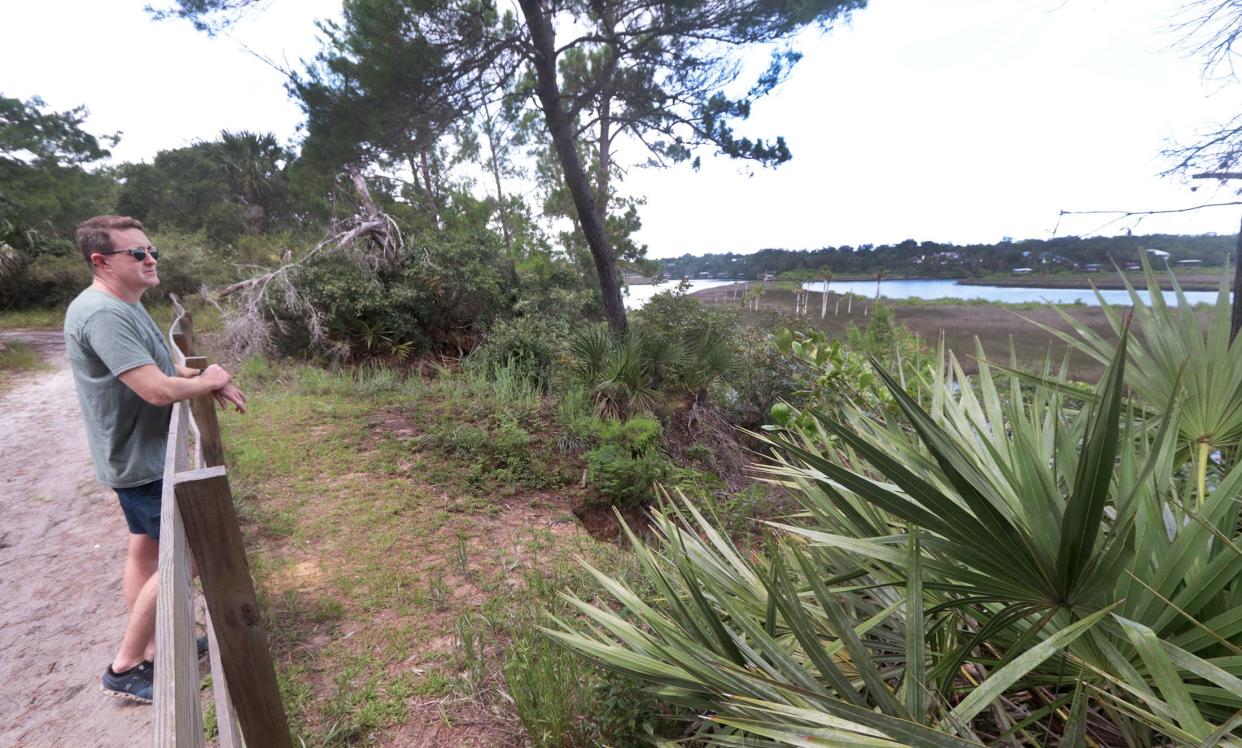
- Oops!Something went wrong.Please try again later.
NEW SMYRNA BEACH ― As a boy, Bryon White's playground was the woods of the Doris Leeper Spruce Creek Preserve, where on horseback or on foot he would regularly hear chuck-will's widows and whippoorwills.
Florida scrub-jays would sometimes land on his head. The self-described "plant nerd" also recalled seeing a lot more Rugel's pawpaw ― an endangered relative to the custard apple, with edible fruit and lightly scented flowers.
At a glance, the preserve looks today much as it did then, but it's a changed place. Some animals and plants are either going away or are gone.
“They’re gone because there’s not enough habitat for them to live in. You can’t just rope off the park and say, ‘OK, scrub-jay, like, knock yourself out,’ because nature doesn’t observe political boundaries," White said recently while hiking in the 2,513-acre property. "You have to have more. In this state, there will never be more. There will only be less.”
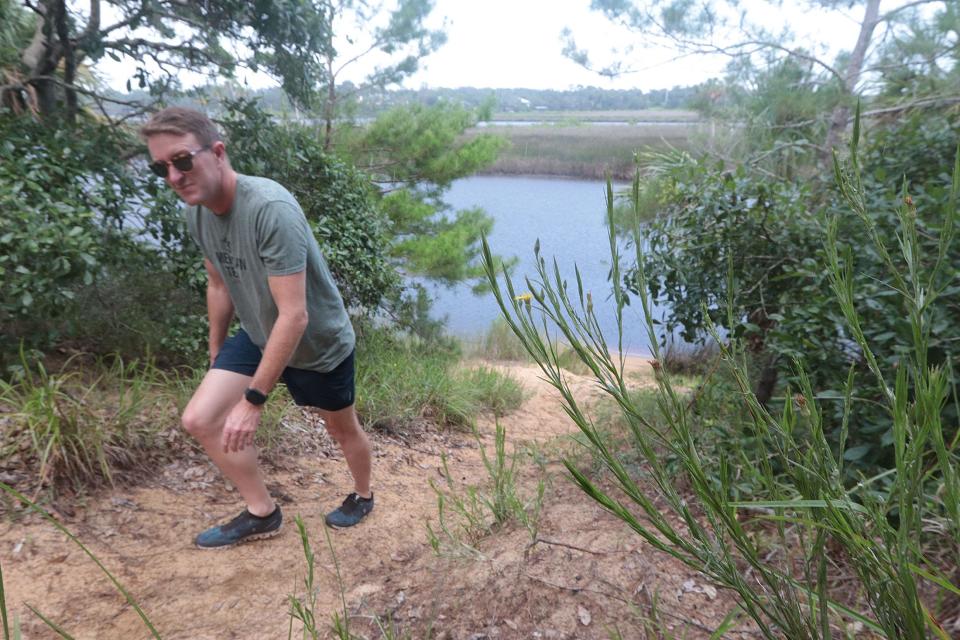
White is part of an environmental consortium challenging a stormwater permit issued to the Florida Department of Transportation by the St. Johns Water Management District, which would allow the construction of a new Interstate 95 interchange at Pioneer Trail at a cost estimated at $120 million.
Growth begets infrastructure, infrastructure begets growth
That long-controversial interchange was recently in the news because the state put $92 million of American Rescue Plan Act funds into the project, speeding up the project's construction and sparking questions about the close relationship between Gov. Ron DeSantis and homebuilder Mori Hosseini. His ICI Homes is developing Woodhaven, a community on the northwest quadrant of the project.
Hosseini denies ever asking the governor to advance the project while noting he purchased the land some 20 years after it first landed on transportation plans.
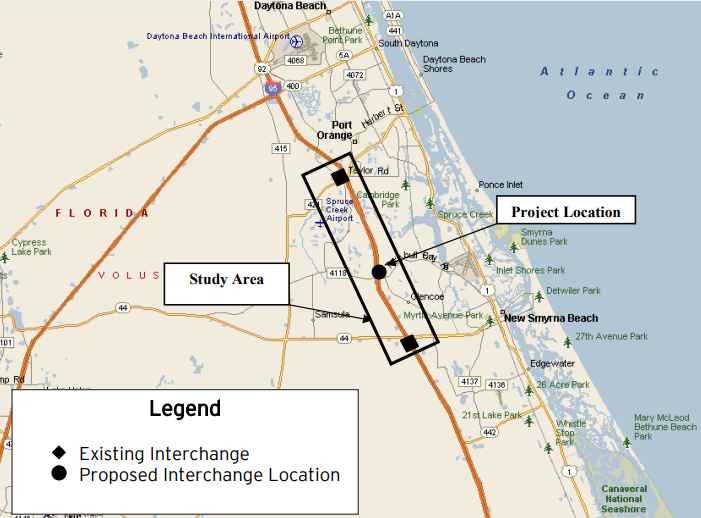
FDOT officials said the "purpose and need" for the interchange is as much about economic development as it is transportation.
The state's "justification report" from 2017 says it is to "support the economic viability and job creation associated with planned and approved future development in the vicinity of the study area, to reduce congestion at the adjacent I-95 interchanges, and to better serve regional trips originating in and destined to the study area."
FDOT estimates the project will add $2.5 billion of economic impacts to the local economy due to construction, employ nearly 700 workers during the development, support 13,410 permanent jobs, and add $775 million per year of "permanent, ongoing impacts from spending associated with new household operations and additional office/retail/hotel employment."
Additionally, Volusia County and the cities of Port Orange and New Smyrna Beach have identified potential benefits to emergency evacuation conditions that would be realized by an interchange on I-95 at Pioneer Trail.
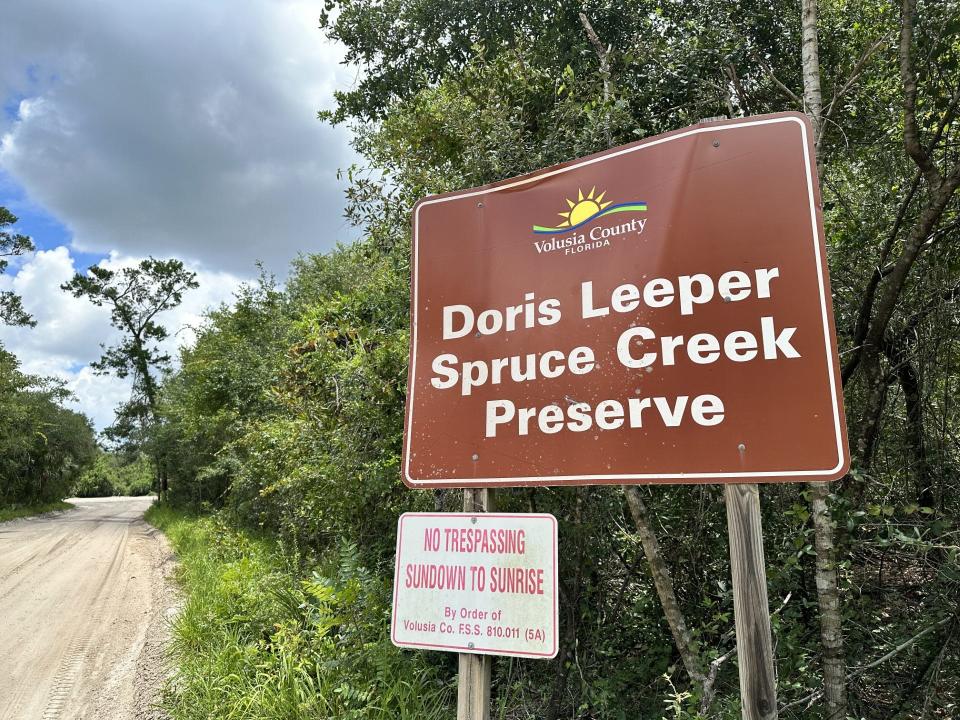
The Pioneer Trail interchange would be less than 1.5 miles from the trailhead on the western side of the Doris Leeper Spruce Creek Preserve.
Another 2017 FDOT study looks at how the interchange will affect the surrounding area. The impact on wetlands and surface water will be "substantial," the study concluded, while there could be a "moderate" effect on historical and archaeological sites, water quality and quantity, and wildlife and habitats.
The study acknowledges that "indirect effects" have already occurred on the preserve and other rural areas near Pioneer Trail and Turnbull Bay Road on both sides of I-95.
Wendy Anderson, professor of environmental science and studies at Stetson University, is not a part of the petition filed against FDOT and the St. Johns River Water Management District, which issued the permit, but she has been participating in a Volusia County 10-year management planning process for the Doris Leeper Spruce Creek Preserve.
She is fascinated by the preserve's diversity.
"Every habitat type in Volusia County is represented in the Spruce Creek preserve," Anderson said. "It is such a gem of a conservation land. Anything that would impact it would be such a shame."
Large-scale residential developments have either occurred or are permitted and are soon to be coming out of the ground, including Venetian Bay, Coastal Woods, and Woodhaven. Another that is in the works is Shell Pointe Colony, which is on the southwest quadrant of I-95 and Pioneer Trail. A 745-home subdivision is approved, as are two village shopping centers.
Florida ecosystem's interdependence
For more than a century, land development has been one of the legs the Florida economy stands on. In 1900, Florida's population was 528,542, according to the Census Bureau. Today that figure is more than 22 million.
Also, the largest city was Jacksonville (pop. 28,429), which had fewer residents then than New Smyrna Beach has today.
So Florida's development economy carries on. Inevitably new and bigger roads and homes and businesses with parking lots encroach upon conservation lands such as the Leeper preserve.
“Ecology in Florida is very unique and special, and everything is intrinsically related to one another," White said. "So you can’t just have an island unto itself surrounded by zero-lot-line, Chinese drywall developments on all sides. There’s interdependence in the ecosystem that goes away as you alter things like, you know, the migration patterns of wildlife and birds and what runs off into the waterways and the amount of traffic that’s around."
He worries about the cumulative effect of not just the interchange, but all of the other development leading up to it and the future development it might bring.
"We’re a state that is basically flat at sea level with an ecosystem of rising sea levels. And we get all of our drinking water from underground from an aquifer that has been depleted or being intruded upon by seawater, and I’m sitting here going, like, 'What happens when it all is gone?' ... It’s going to be in our lifetime, at least my lifetime and my kids’ lifetimes for sure."
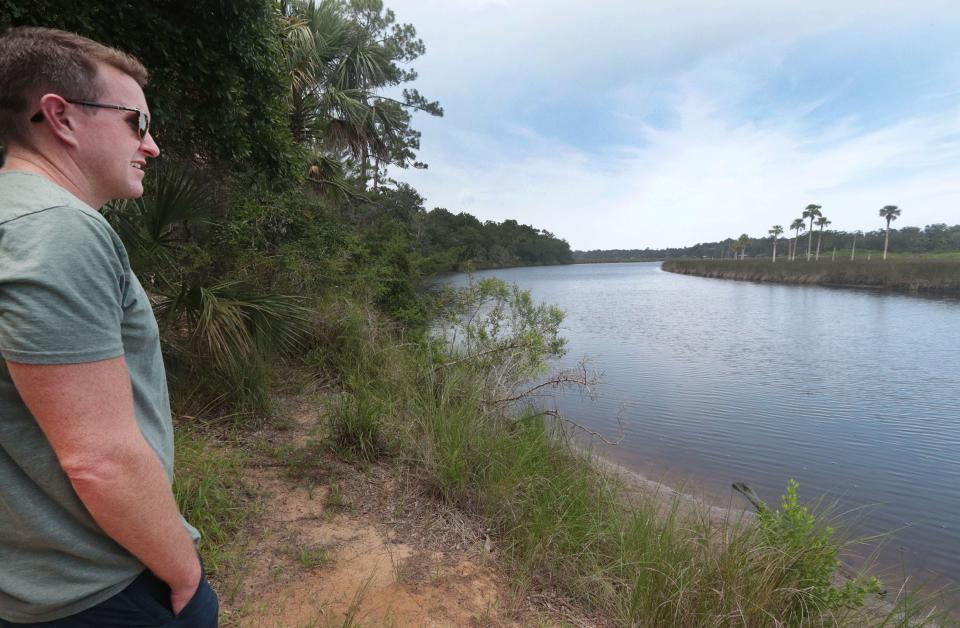
Fighting 'damage to the environment'
A coalition of environmental interests, including White, has thrown up a potential roadblock to the interchange. The group also includes Bear Warriors United Inc., a Seminole County-based nonprofit, and the Sweetwater Coalition of Volusia County Inc. Additionally, four individuals are named: White; Katrina Shadix, the founder of Bear Warriors; Derek LaMontagne, a Port Orange resident who's affiliated with Sweetwater; and Lori Sandman, a Daytona Beach attorney.
Sandman said many people think the interchange is a certainty.
"This is not a done deal," she said. "We are hopeful more people will step up and fight for what's right."
They argue that the "vast majority" of the public has expressed opposition to the interchange dating to the 1980s, noting the longstanding practice of area residents to post "No Pioneer Interchange" yard signs. Residents have cited harm to the environment, diminished quality of life, pollution, traffic, noise, and cost as their chief concerns, the petitioners argue in their filing.
Despite a 2008 Florida Department of Environmental Management finding that Spruce Creek was "impaired" by fecal coliform (a bacteria found in animal waste), dissolved oxygen and nutrients, the state has not developed a Basin Management Action Plan, according to the petition, which calls that plan "about 15 years overdue."
"It's astonishing," Sandman said.
White and the other petitioners contend FDOT bypassed National Environmental Policy Act requirements and "mismanaged" a notification process. Since it was published in the Federal Register, the project was changed to be "significantly different," expanded to destroy more wetlands and add a roundabout to the east of the interchange, the filing states.
FDOT, in presenting to the River to Sea Transportation Planning Organization in January for its approval, misrepresented facts, primarily using an outdated map and stating the "direct" impact of the project would be on 49 acres, while an Environmental Protection Agency letter from Oct. 4, 2022, stated there would be 55 acres directly impacted and 10 acres of secondary impacts, according to the petitioners.
The petition cites other concerns, including the St. Johns River Water Management District permit, which "belittles or hides" the impact on Spruce Creek by referring to it only as an "unnamed canal" and an OFW, or Outstanding Florida Waterway.
The petitioners call the need for the interchange "negligible, non-existent or actually harmful." While projections call for 13% and 5% reductions in traffic on, respectively, Dunlawton Avenue and State Road 44, the nearest I-95 interchanges, they expect traffic on Pioneer Trail to grow by 400% or more, the environmentalists argue.
An FDOT spokeswoman did not respond to a request for comment, while a St. Johns district spokeswoman said she could not comment due to the ongoing litigation.
A hearing has been set for the case before Administrative Law Judge E. Gary Early in Tallahassee the week of Aug. 28.
Loss of landscapes, clean water affects lives
White's passion for the natural world led him to his livelihood. He read that yaupon holly was the only naturally caffeinated plant in North America and had been used by indigenous tribes to brew an energizing drink. It led him to co-found Yaupon Brothers American Tea Co., and Ilex Organics LLC.
His companies sell 50,000 pounds of yaupon annually.
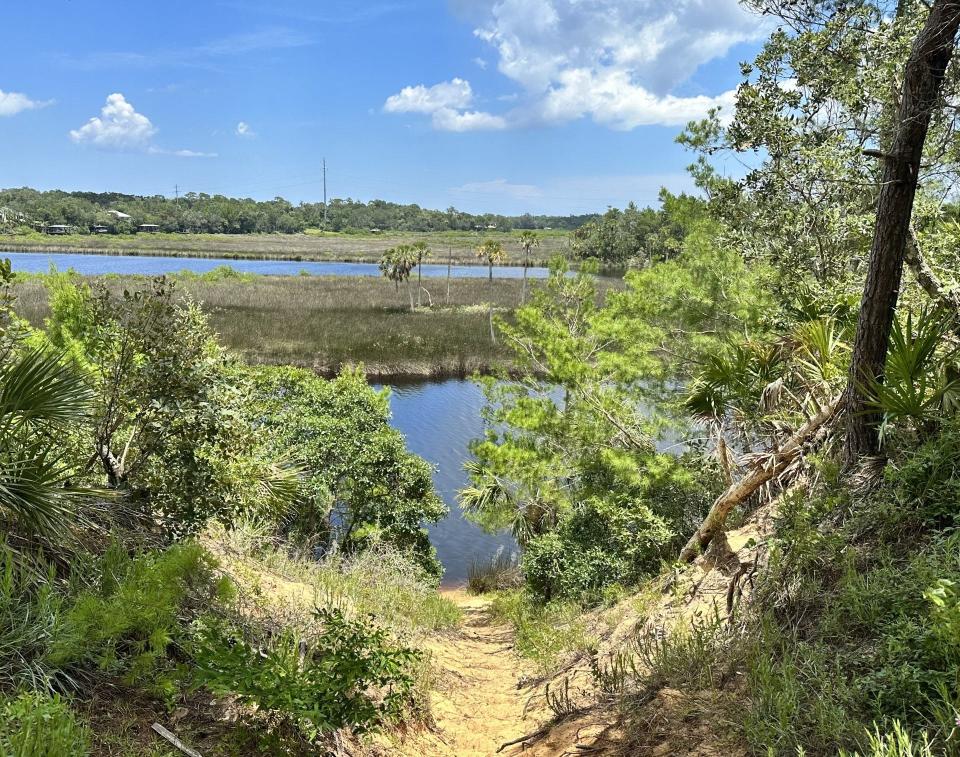
“That’s something that I believe in, that economic development and opportunity don’t have to be mutually exclusive from environmental conservation," he said.
But he believes many people view development and conservation through the wrong lens. Correcting that view is part of his fight.
“I think if the majority of Floridians understood how important the environment is their wellbeing and their way of life and their quality of life, they would be pissed. They wouldn’t stand for it," he said.
His hope is more people are awakened to an understanding that a loss of natural landscapes and unsoiled wetlands will impact their lives eventually. He said: "It all comes home to roost."
This article originally appeared on The Daytona Beach News-Journal: Groups challenge state permit for I-95, Pioneer Trail interchange

